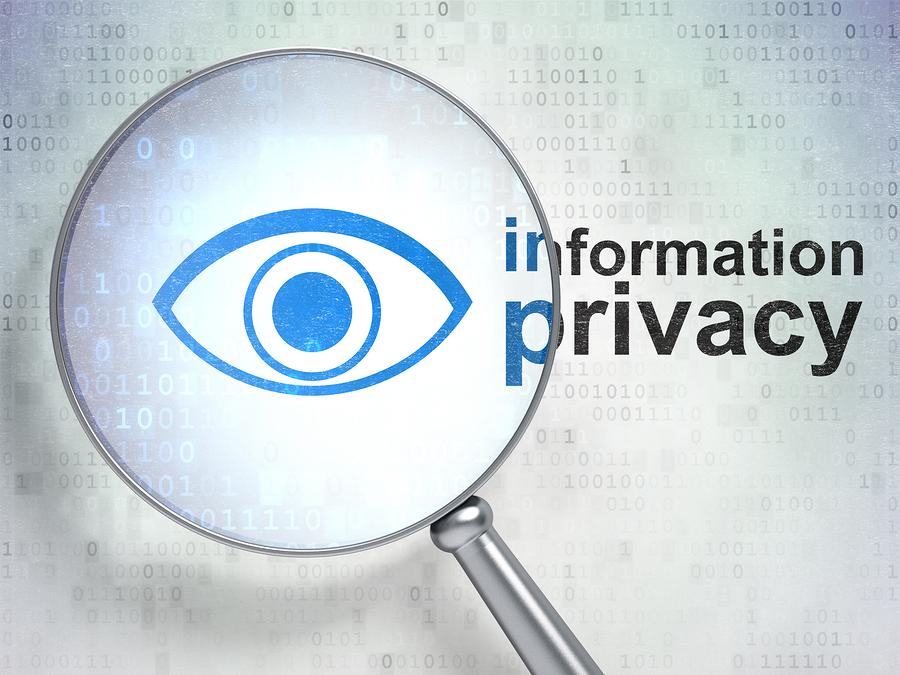Introduction to Privacy Information Guidance Notes
Privacy Information Guidance Notes (PINs) are crucial documents that inform individuals about how their personal data is processed, ensuring transparency and compliance with data protection laws.
Legal Framework in England and Wales
Under the UK General Data Protection Regulation (UK GDPR) and the Data Protection Act 2018, organisations are required to provide clear and concise information to individuals about their personal data processing activities.

Purpose of Privacy Information Guidance Notes
The primary purposes of Privacy Information Guidance Notes include
- Transparency: Ensuring individuals understand how their data is used, who controls it, and their rights.
- Legal Compliance: Meeting legal obligations to inform individuals about data processing activities and rights under data protection laws.
Key Components of Privacy Information Guidance Notes
- Information Requirements: Detailing what information must be included in PINs, such as identity of the data controller, purposes of processing, legal basis, and rights of individuals.
- Accessibility: Ensuring PINs are easily accessible, clear, and concise, using plain language understandable to the average person.
- Updates and Amendments: Outlining procedures for updating PINs in response to changes in data processing activities or regulatory requirements.
Developing Effective Privacy Information Notices (PINs)
Steps for developing Privacy Information Notices include
- Data Mapping: Conducting a thorough assessment of data processing activities to accurately inform individuals.
- Tailoring Notices: Tailoring PINs to specific audiences and types of data processing, ensuring relevance and clarity.
- Consultation: Consulting with legal advisors and stakeholders to ensure PINs comply with UK GDPR requirements and industry best practices.
Implementation and Communication
- Dissemination: Methods for communicating PINs to individuals, such as websites, emails, and physical notices.
- Training: Educating staff on their roles in providing accurate and timely privacy information to individuals.
Benefits of Compliance
Compliance with Privacy Information Guidance Notes offers several benefits
- Enhanced Trust: Building trust with individuals by demonstrating transparency and accountability in data processing practices.
- Legal Protection: Mitigating risks of non-compliance penalties, reputational damage, and regulatory enforcement actions.
Case Studies and Examples
Explore case studies of organisations that have successfully implemented Privacy Information Guidance Notes, highlighting best practices in privacy communication and compliance.
Conclusion
Privacy Information Guidance Notes play a critical role in helping organisations in England and Wales comply with data protection laws while fostering trust and transparency with individuals. By developing clear and informative PINs, organisations can empower individuals to exercise their data protection rights effectively.
What are Privacy Information Guidance Notes (PINs)?
Privacy Information Guidance Notes (PINs) are documents that provide individuals with clear and concise information about how their personal data is processed by organisations, ensuring transparency under UK data protection laws.
Why are Privacy Information Guidance Notes important?
PINs are crucial for informing individuals about their rights regarding personal data, helping them understand how organisations handle their information and empowering them to make informed decisions.
What information should be included in Privacy Information Guidance Notes?
PINs typically include details such as the identity of the data controller, purposes of data processing, legal basis for processing, data retention periods, and individuals’ rights under data protection laws.
Are organisations legally required to provide Privacy Information Guidance Notes?
Yes, under the UK General Data Protection Regulation (UK GDPR) and the Data Protection Act 2018, organisations processing personal data must provide individuals with transparent and easily accessible information about their data processing activities through PINs.
How should Privacy Information Guidance Notes be communicated to individuals?
PINs should be communicated through clear and understandable language via various channels, including websites, emails, physical notices, and at the point of data collection.
Can Privacy Information Guidance Notes be updated?
Yes, organisations should regularly review and update PINs to reflect changes in data processing activities or legal requirements. Updates should be communicated to individuals promptly.
What are the benefits of complying with Privacy Information Guidance Notes?
Compliance enhances trust with individuals, reduces the risk of non-compliance penalties, fosters transparency in data processing practices, and strengthens organisational reputation.
Who is responsible for ensuring compliance with Privacy Information Guidance Notes within an organisation?
Compliance with PINs is the responsibility of data protection officers (DPOs), legal teams, and compliance officers within organisations, ensuring adherence to data protection laws and best practices.
How can organisations ensure Privacy Information Guidance Notes are easily accessible?
Organisations should make PINs easily accessible on their websites, with clear navigation and search functionalities, and provide alternative formats upon request for individuals with accessibility needs.
Where can organisations find resources to help develop Privacy Information Guidance Notes?
Resources include guidelines and templates from the Information Commissioner’s Office (ICO), legal advisors specialising in data protection, and industry-specific best practices for effective privacy communication.
- Website Privacy Policy – First & Third-Party Cookies + Analytics - August 10, 2024
- Plant Maintenance Agreement - August 7, 2024
- Hire Of Room, Hall Or Other Premises - August 4, 2024









